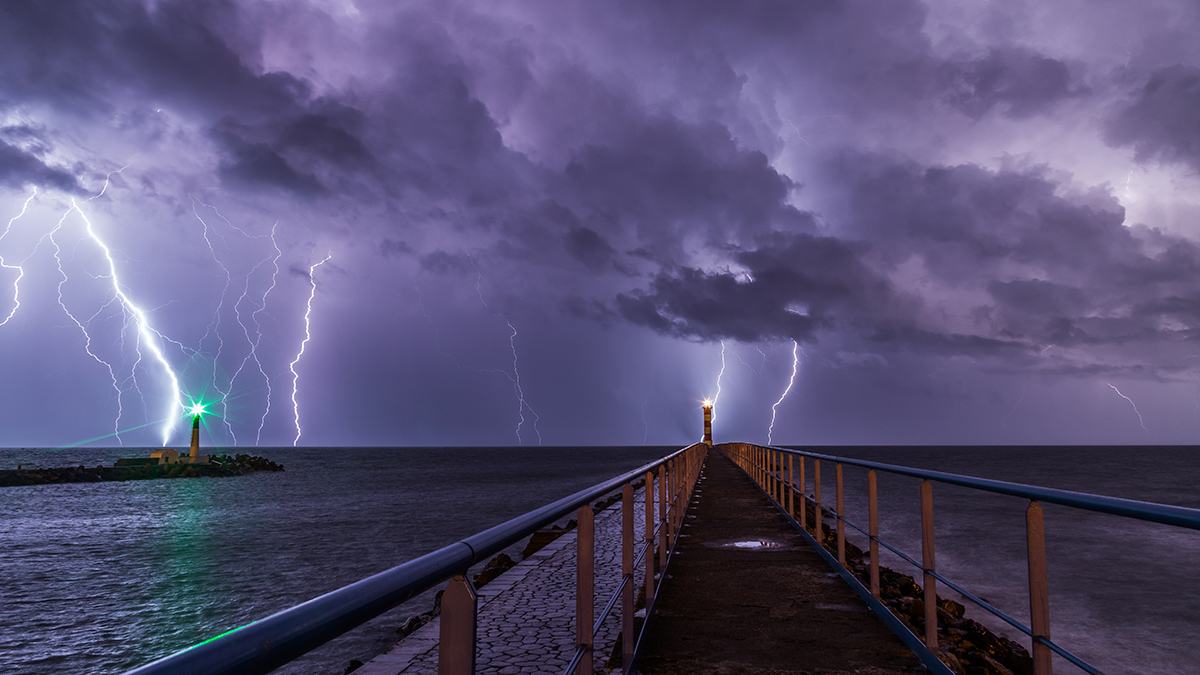Source: Geophysical Research Letters
Artificial intelligence (AI) algorithms can produce weather predictions more quickly than traditional algorithms for a fraction of the computational cost. But because training AI takes such large amounts of data, it has so far been most successful at producing global-scale forecasts. Until recently, researchers lacked the data needed to train algorithms to predict small-scale weather patterns such as thunderstorms.
Flora and Potvin extended AI-based weather forecasting to thunderstorm-scale events by training Google’s neural network GraphCast on data from NOAA’s Warn-on-Forecast System. The Warn-on-Forecast research project generates high-resolution forecasts for areas likely to experience extreme weather with the aim of issuing earlier warnings for tornadoes, severe thunderstorms, and flash floods.
The AI model, named WoFSCast, learned the dynamics of key thunderstorm features, including updrafts, which feed thermodynamic energy into storms, and cold air pockets that form beneath storms, which influence how storms move and grow.
The model yielded largely accurate predictions of how storms would evolve for up to 2 hours; these predictions matched 70% to 80% of those generated by the Warn-on-Forecast system. The process of generating a prediction took only 30–40 seconds using one graphical processing unit. That’s at least a factor of 10 faster than using the current Warn-on-Forecast System to generate forecasts without AI.
With additional training data, the researchers suggest that WoFSCast could become even more versatile, predicting surface winds and rainfall within landfalling tropical cyclones, as well as how wildfires will spread, for instance. By using an AI-enhanced system, the National Weather Service may be able to issue severe weather warnings more quickly and reduce the harm caused by these extreme events. (Geophysical Research Letters, https://doi.org/10.1029/2024GL112383, 2025)
—Saima May Sidik (@saimamay.bsky.social), Science Writer


